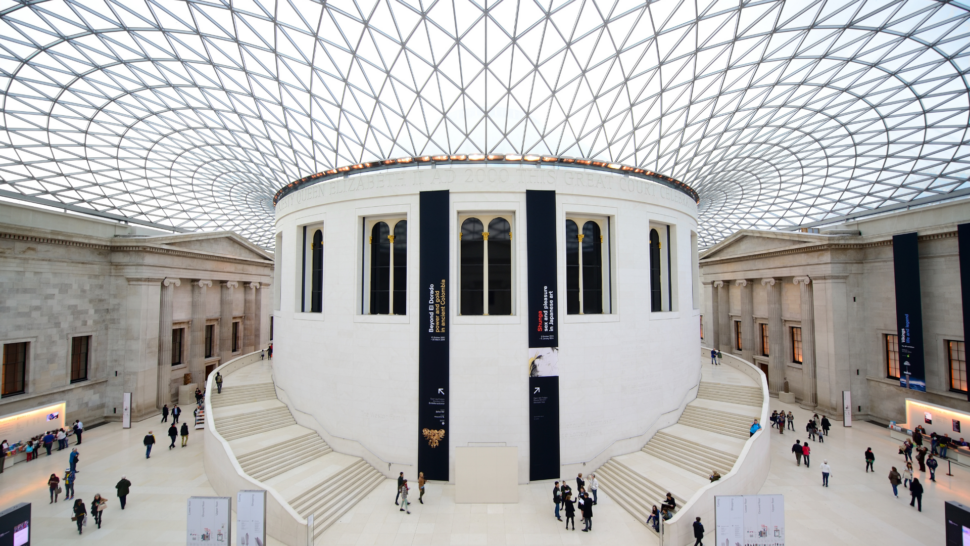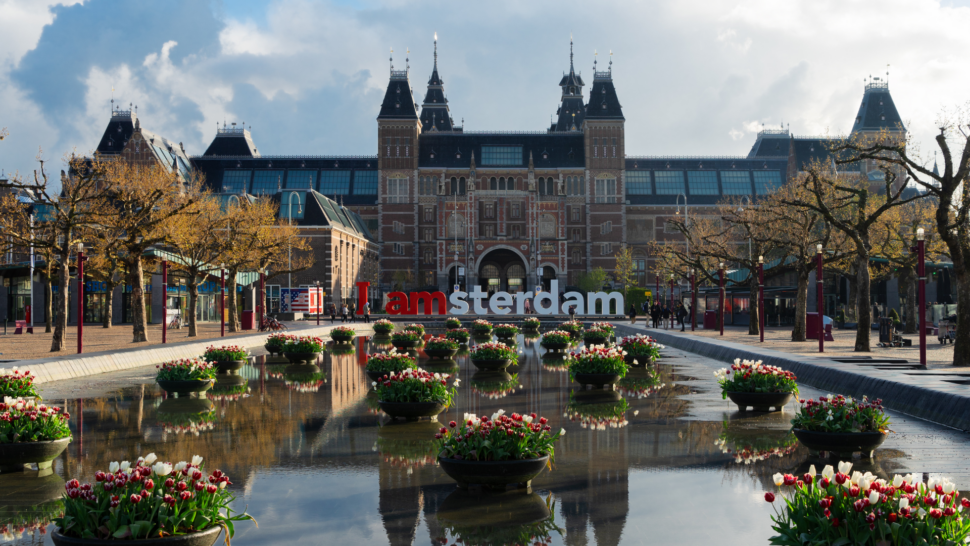Europe, a continent steeped in history, art and culture, is home to some of the world’s most renowned museums. These institutions not only house priceless artifacts and masterpieces but also serve as cultural beacons, drawing millions of visitors each year. In this article, we will explore five of Europe’s most visited museums. Each offers a notable glimpse into the rich tapestry of history and creativity. Can you guess which one is the most visited?
1. The Louvre Museum, Paris

This is arguably the most famous museum in the world. Housed in a former royal palace, the Louvre is a sprawling complex that showcases over 38,000 objects from prehistory to the 21st century. Its most famous resident, the enigmatic Mona Lisa, draws millions of visitors eager to glimpse her mysterious smile.
The Louvre Museum in Paris is not just a museum; it’s a global icon. Originally a fortress built in the late 12th century, it became a royal palace and finally a public museum in 1793. The Louvre’s architecture alone is a testament to its historical significance, with its iconic glass pyramid entrance juxtaposing the classical French Renaissance style of the original palace structure.
Home to approximately 38,000 objects, the Louvre’s vast collection spans from prehistoric times to the 21st century. The museum boasts some of the world’s most famous artworks, including Leonardo da Vinci’s “Mona Lisa,” the “Venus de Milo” and Eugène Delacroix’s “Liberty Leading the People.” Visitors can explore themed galleries, from Egyptian antiquities to Islamic art, making each visit a unique experience.
Navigating the Louvre can be overwhelming given its size, but it offers various guided tours and audio guides to enhance the visitor experience. Despite the crowds, the sheer diversity and richness of the collections ensure that each visitor leaves with a sense of awe and inspiration.
2. The British Museum, London

Located in the heart of London, this is a treasure trove of human history. With a collection spanning over 2 million years, it offers a comprehensive overview of human culture from its earliest days to the present. The British Museum in London opened its doors in 1759 and has since been a repository of global history and culture.
One of the museum’s most famous exhibits is the Rosetta Stone, which was pivotal in deciphering Egyptian hieroglyphs. Other notable artifacts include the Elgin Marbles, the Egyptian mummies and the Benin Bronzes. Each exhibit tells a story of ancient civilizations and their lasting impact on the modern world.
The British Museum offers a range of educational programs and workshops for visitors of all ages. With free admission, it remains one of the most accessible museums, inviting millions each year to explore its treasures.
3. The Vatican Museums, Vatican City

This is a series of art and Christian museums located within Vatican City. Founded by Pope Julius II in the early 16th century, they house one of the most extensive collections of art in the world, including the iconic Sistine Chapel ceiling painted by Michelangelo.
The highlight of any visit to the Vatican Museums is undoubtedly the Sistine Chapel, with its ceiling painted by Michelangelo. Other significant collections include the Raphael Rooms and the Gallery of Maps, each reflecting the grandeur of Renaissance art. For many, visiting the Vatican Museums is both a cultural and spiritual journey. The museums attract millions of visitors annually, drawn by both religious significance and artistic masterpieces.
4. The Prado Museum, Madrid

A hidden gem on this list of Europe’s most visited museums, the Prado Museum is renowned for its impressive collection of European art, dating from the 12th to the early 20th century. It is particularly noted for its works by Spanish masters such as Velázquez, Goya and El Greco.
Among the Prado’s most celebrated works are Diego Velázquez’s “Las Meninas” and Francisco Goya’s “The Third of May 1808.” The museum also hosts significant works by Hieronymus Bosch, Titian and Peter Paul Rubens.
Visiting the Prado is a cultural experience that goes beyond viewing art; it’s about understanding the history and evolution of European art movements. The museum’s layout and curation provide insights into the context and significance of each piece.
5. The Rijksmuseum, Amsterdam

Dedicated to the Dutch art and history, reopened in 2013 after a decade-long renovation, this landmark stuns visitors with its redesigned galleries and revitalized collections. The museum is famed for its collection of Dutch Golden Age masterpieces, including works by Rembrandt, Vermeer and Frans Hals. “The Night Watch” by Rembrandt is one of the key attractions, drawing art lovers from around the world.
The Rijksmuseum offers interactive exhibits and workshops, making it a favorite among families and educational groups. Its beautiful gardens and café provide a perfect setting for a leisurely day of exploration.
Have You Been To Europe’s Most Visited Museums?
While all these museums offer extraordinary experiences, the Louvre Museum in Paris holds the title of the most visited museum in the world each year. Whether it’s your first visit or your 10th, the museums of Europe promise to prove to be a memorable and creative journey.





